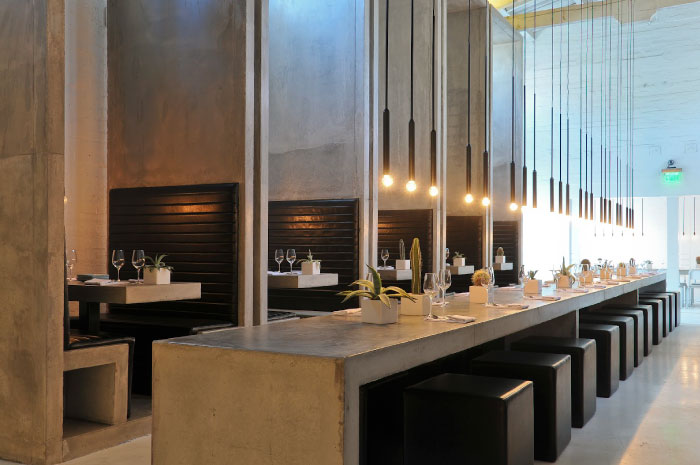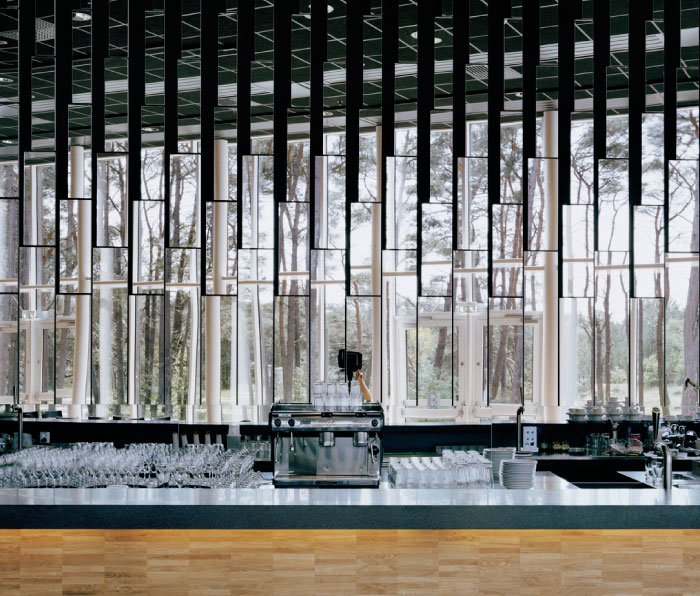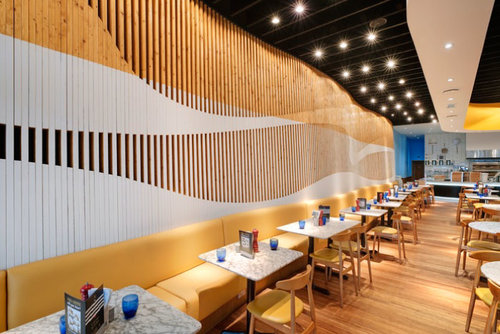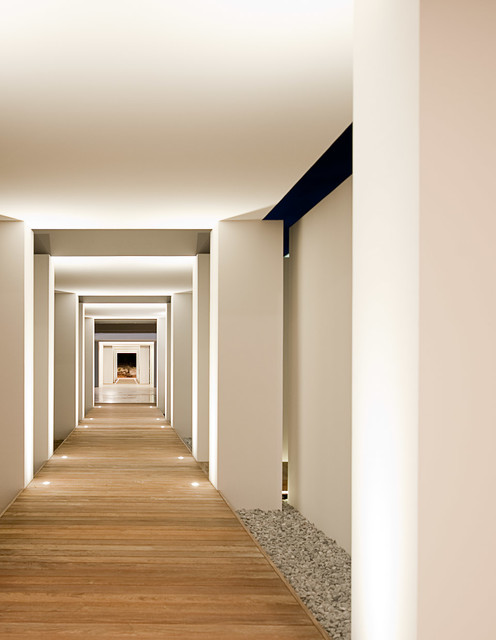They have been discovered and refined over the course of history and are considered elementary and critical to all fine-art. This includes radiation contrast transition gradation and repetition.

7 Principles Of Interior Design Contrast Rhythm More Zameen Blog
The more you do the more confidence you will feel about using rhythm in your home and the better decorator you will be.

. Rugs ground the space so its important to choose the correct size. Transition Curved lines are a good example of this type of rhythm. The importance of rhythm in interior design Rhythm is one of the basic principles in interior design and commonly used to help the eyes move around the room in an organized manner.
Today she will cover the final principal of interior design. Discover 20 Questions and Answers from WikiLivre. Rhythm - A visual tempo or beat.
In addition to this rhythm plays an important role in interior design as it helps in how the viewer perceives the space in terms of functionality and appearance. Present the teacher information on rhythm using the rhythm lecture notes and the rhythm power point presentation. Rhythm in interior design is all about the visual repetitions of patterns.
For example you wouldnt pair a small love-seat with a large overstuffed lounge chair because it would appear disproportionate. Repetition can take the form of an exact duplication such as a pattern background image. Examples of harmony in interior design.
Repetition in interior design helps in. Click to see full answer. The principle of design that refers to a regular repetition of elements of art to produce the look and feel of movement.
A common example is alternating black and white pillows on a sofa. Rhythm and repetition is the idea of creating movement and harmony throughout your space with recurring patterns colors and different elements. There are 5 different methods of showing rhythm.
Rhythm is also used to establish a continuity and flow within a room. The principles of interior design are balance emphasis rhythm proportion and scale and harmony and unity. The barajas airport by richard rogers and estudio lamela is an excellent example of rhythm achieved through repetition and progression of colour.
In interior design rhythm is all about repetition of design elements that help to create movement within a space. Transition Curved lines are a good example of this type of rhythm. Repetition is the repeated use of a particular design element or structure.
Up to 24 cash back Rhythm. Echo it again in the rug and another time in a painting. A space that has steady rhythm and repetition will lead the eye around.
There is actually more to the interior design theory of rhythm. Aside from colour you can repeat the use of the same textiles or the placement of similar objects around the room. What are examples of establishing a rhythm in design.
Repetition is apparent in the wooden beams in the lighting fixtures and in the placement of the windows. There are three ways to create rhythm in interior design. An example of repetition is pictured above.
Rhythm is how well you execute repetition. Show examples if necessary. Types of Rhythm in Interior Design.
Alternating occurrence of form and space is known in the design world as rhythm one of the secondary principles of design. Today we will discuss rhythm and how you create rhythm in interior design. Examples of Rhythm in Art Repetition This rhythm design shows the colorful lines are curving Japanese graphic designer employed a strong use of negative.
While this is the most mathematical interior design principal your eye can easily identify when something looks out of place. Using colors opposite each other on the color. What is repetition color.
Repetitive rhythms are easy to create with the same colour echoed in a throw pillow a rug and a frame on the wall. One example is establishing a rhythm by using colorful pillows. In interior design rhythm carries the eye along a path at a pace determined by the elements that illustrate it.
Repetition as the name suggests is the repetition of shapes colors forms forms and textures. Here are the five basic types of rhythm in interior design of which I will give examples of. Traditionally there are three types of rhythm you can use in your interior design.
Think of a camelback sofa for example a curved headboard or an archway. In interior design rhythm is all about repetition of design elements that help to create movement within a space. Put the design element of rhythm into practice.
By repeating patterns shapes colour and texture or similar and complimentary pieces throughout a space you create a rhythm and visual interest. Then take a step. In interior design rhythm is all about visual pattern repetition and rhythm is defined as continuity recurrence or organized movement.
Design ElementsThe elements discussed here are used by artisans of all types painters sculptors photographers interior designers etc. Transition Rhythm through transition gently leads the eye through a continuous uninterrupted flow from one area within a space to another. With a curved line your eye gently transitions or travels from one object to another.
Harmony in visual design means all parts of the visual image relate to and complement each other. Explain that rhythm is the element of design that moves the eye from one place to another. Harmonious design is an interior design firm delivering intelligentharmony can be achieved through repetition and rhythm.
In interior design there are five principles of rhythm. Rhythm is defined as recurrence continuity or organized movement. Put together a small vignette that has great rhythm.
Harmony in interior design. Use opposite elements such as black and white pillows to create a rhythm. Opposition Using opposites can create an interesting and pleasing effect in your decor.
The Barajas Airport by Richard Rogers and Estudio Lamela is an excellent example of rhythm achieved through repetition and progression of colour. Exactly what is harmony you ask.

What Is Rhythm In Interior Design Learn To Apply Tilen Space

Diving Into The Principles Of Design Ccdg

21 Rhythm And Emphasis Ideas Emphasis Rhythms Principles Of Design

Principles Of Interior Design Part 2 Rhythm

What Is Rhythm In Interior Design Learn To Apply Tilen Space

Principles Of Interior Design Part 2 Rhythm

How Does Rhythm In Design Engage Your Eyes Your Own Unique Decor

0 comments
Post a Comment